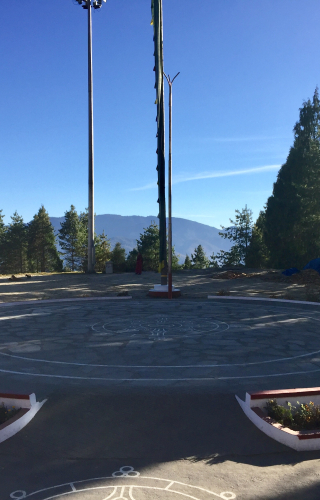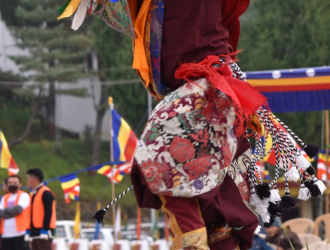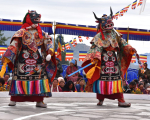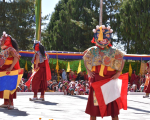Cham is a unique ritualistic mask dance form performed in the Buddhist monasteries of the Geluk and Nyingma sects in the West Kameng and Tawang districts of Arunachal Pradesh.
Chams have profound mythological significance for the people who perform them. The monks and nuns perform the cham mainly during the Torgya festival that falls before Losar (the new year of the lunar calendar) to eliminate the evil and detrimental spirits and reinstate order, peace and harmony in human life and society at large.
This photo gallery exhibits how the chams carry various influences of Mahayana and Varjayana Buddhism along with elements of pantomime and secret tantric practices. It also showcases various musical instruments intrinsic to the dance traditions.
















